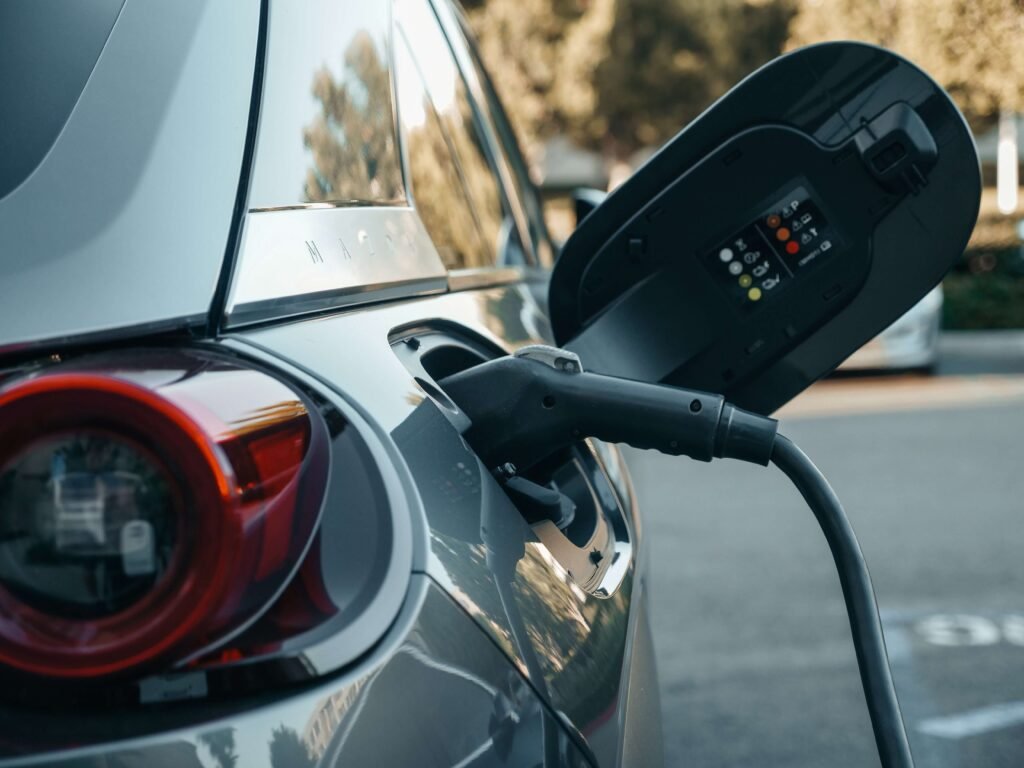Introduction
Lithium-ion batteries are rapidly becoming one of the most widely used forms of energy storage, thanks to their high capacity and low weight. However, these batteries also pose significant environmental challenges, as nearly 95% of them end up in landfills each year.
Recycling lithium-ion batteries is a crucial step toward meeting the growing demand for electric vehicles and mobile devices while minimizing environmental damage.
Not only does battery recycling help ease your global carbon footprint by reducing the need for new materials exploration and mining, but it can also reduce other negative impacts on the environment, such as water contamination and soil degradation.
Additionally, recovering valuable energy metals from lithium-ion batteries can help prevent illegal mining activities in conflict regions where human rights abuses often occur.
By recycling lithium-ion batteries, you can help build a more sustainable future for yourselves and for the planet.

Where can you find the components of Lithium-ion batteries and how much is left in the world?
Lithium is one of the key components in Lithium-ion batteries, and it can be found in several parts of the world in a variety of deposits. The largest known deposit of lithium is in Chile, where it is extracted from salt flats. Other significant deposits are found in Australia, Argentina, and China.
While there are large reserves of lithium available, it is important to remember that demand is increasing rapidly as electric vehicles and mobile devices become more popular.
Cobalt is another key component in lithium-ion batteries, and most of the world’s supply comes from the Democratic Republic of Congo (DRC). However, the mining industry in the DRC is plagued by human rights abuses and environmental destruction, which has led to calls for more sustainable sourcing of cobalt. Alternative sources of cobalt include Australia, Canada, Russia, and Cuba.
Other commonly used materials in Lithium-ion batteries include nickel, manganese, copper, iron, and aluminum. While these elements can be found in various locations around the world, their availability may become constrained as demand continues to increase.
Thus, you can develop effective recycling practices for Lithium-ion batteries to ensure a sustainable supply of these materials over the long term.
How you can recycle Lithium-ion batteries and what are the processes?
There are several different recycling processes for lithium-ion batteries, each of which involves separating the different components into pure elements.
At first, lithium cells are discharged under the supervision of experts and then shredded, pulverized, and separated using specialized machines. Shredding is contained in a vacuum, nitrogen, or carbon dioxide to avoid catching fire. All these processes separate light and heavy particles, such as plastics and metals respectively, while also removing any residual contaminants by scrubber machine.
Then you get steel, aluminum, copper, plastics, graphite, and black powder separately.
Black powder is a mix of Lithium, cobalt, nickel, and manganese.
One common recycling process is called hydrometallurgy, where the black mass is passed through a series of chemical reactions and distillation to isolate each element.
Another common recycling process is called pyrometallurgy, which involves heating the spent batteries to very high temperatures to vaporize and separate the metals.
The third process is direct recycling where it is reused after conditioning.
To ensure a sustainable supply of these materials over the long term, you must develop new technologies and processes for recycling lithium-ion batteries at scale. By focusing on materials segregation, energy efficiency, and reducing waste generation, you can help promote a more circular economy with minimal environmental impact.
What are the challenges in lithium-ion battery recycling?
The challenges in lithium-ion battery recycling are multiple and complex.
One major challenge is the lack of oversight from government agencies, industry standards, and enforcement actions to ensure that recycling processes are safe and environmentally responsible.
In addition, the collection and transportation of batteries for recycling can be difficult due to safety concerns as well as logistical challenges.
Another major challenge is the risk of fire. Lithium-ion batteries are highly flammable, and if not handled properly, there is a very real risk of fire. In Morris, Illinois, the USA a warehouse containing roughly 200,000 pounds of LIBs caught fire in July 2021. Over 5,000 people in the area were forced to evacuate. This can be a significant concern for recycling facilities that use processes such as thermal decomposition or pyrolysis to break down lithium-ion batteries into their parts.
Below shows how dangerous it can be when handling Lithium-ion batteries in a famous recycling center.
Despite these challenges, there are efforts underway to improve the recycling process and make it more efficient and safer for workers and the environment.
Some stakeholders are working on creating standardized industry practices for battery collection and transportation, as well as better training programs for workers in lithium-ion battery recycling facilities.
Additionally, research is being conducted on innovative new recycling technologies that could dramatically reduce fire risks while also improving the efficiency of battery recycling processes.
Ultimately, the challenges in lithium-ion battery recycling are a sign that this is still a relatively new and emerging industry, and there is much work to be done to ensure that this process is safe, responsible, and sustainable.
However, with increased collaboration and innovation, you can meet these challenges head-on and create a more sustainable future for lithium-ion batteries and the environment.
What are the benefits of recycling lithium-ion Batteries?
By recovering valuable energy metals like lithium, nickel, and cobalt, you can help ensure a sustainable supply for use in emerging technologies such as electric vehicles and mobile devices.
Recycling reduces the water and soil pollution caused by various materials of batteries that are thrown away after disposal.
Recycling lithium-ion batteries is that it can help reduce illegal mining activities in conflict regions. These often involve human rights abuses and environmental pollution, which can have lasting negative impacts on local communities and ecosystems.
The Conclusion
In conclusion, recycling lithium-ion batteries has multiple benefits that include reducing water and soil pollution, supplying valuable energy metals, and reducing illegal mining activities.
Despite challenges such as a lack of government oversight and the risk of fire, recycling can help create a more sustainable future for lithium-ion batteries and the environment. With increased collaboration and innovation, you can meet these challenges head-on and create a more sustainable future for all.
Thank you for reading! We hope this article helped inform you about the benefits and challenges of recycling lithium-ion batteries.



